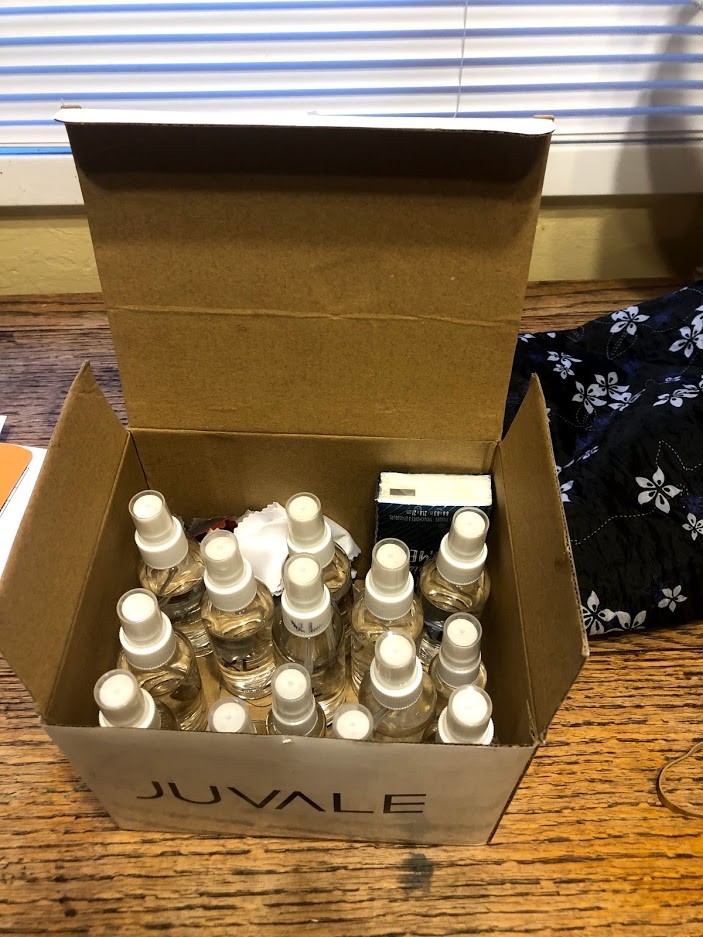News, ideas & inspiration from industry leaders

Keeping Up with COVID-19, 3/18: Inexpensive, Simple Tool To Keep Us All Healthy
Got 5 minutes? We’re passing along this easy-to-implement and genius how-to from Dr. Kate Hurley and the team at UC Davis Koret Shelter Medicine Program:
How-To: Dr. Hurley’s Magic Virus-Busting Personal Spray Bottles
What: Small spray bottles of disinfectant for everyone to have in their pockets, on their desktops, in their cars etc.
Why: “The good news is that coronavirus is an enveloped virus (unlike, say, parvo, panleukopenia or calicivirus),” says Dr. Hurley, “so it’s not hard to inactivate with many common disinfectants. Even soap will disrupt that lipid envelope and help inactivate the virus, as well as remove it by washing it away. However, while handwashing done correctly is the very safest bet, hand sanitizer is often more practical to interrupt that face-to-surface-to-face chain as you, your volunteers, and clients are going about your days.”
Where & how many: Ideally have enough sanitizer dispensers and spray bottles around, so there is one on every counter and near every frequently touched surface.
For whom: Try to ensure that all volunteers and staff have their own bottles as they go about their necessary work.
How:
1. Get your spray bottles
You can buy them online (great item to put on your wishlist) or, in a pinch, wash out spray bottles you have around the house (just make sure you label everything clearly!).
2. Get your disinfectant & determine the correct solution
Any effective and safe disinfectant can be correctly diluted and distributed, says Dr. Hurley, though she especially likes accelerated hydrogen peroxide (aka Rescue) for this purpose. “It has good activity in the face of organic matter, is non-toxic, rapid-acting, and reliable against coronavirus,” she says.
The premade solution, or the concentrate at 1:16 concentration (1 cup per gallon of water), is labeled to sanitize in 30 seconds (1:64 is labeled for 5-minute contact time, so no need to go to this higher concentration for regular use around the shelter).
Mixing the concentrate with distilled or deionized water further enhances effectiveness.
3. Give ‘em to staff and volunteers and spray away.
Know another easy, inexpensive tool like this? Contact us at news@theaawa.org.


